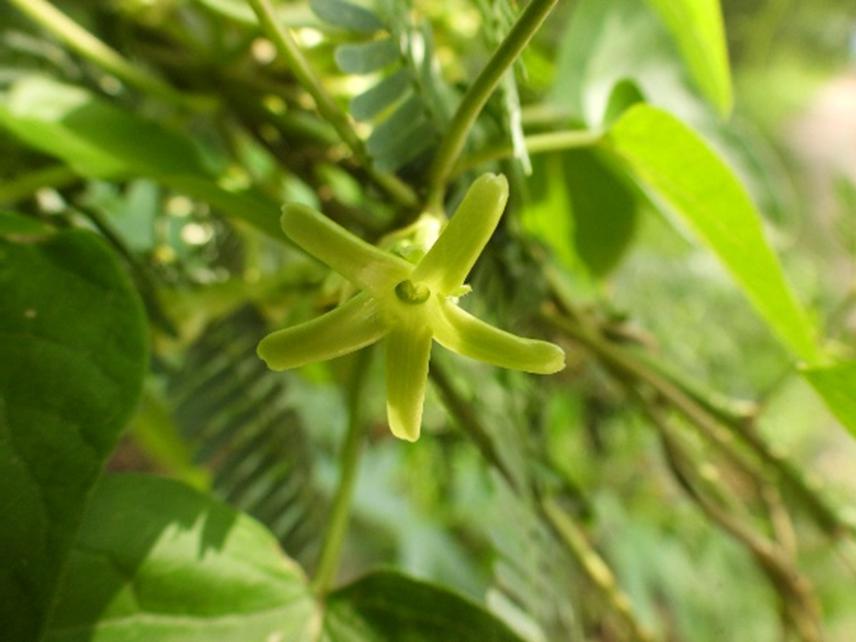Bageshwer Singh
Kanjli Wetland is located in Kapurthala district of Punjab. The Wetland faces severe pressures due to encroachments, alien plant species invasion and other anthropogenic pressures as pollution, unchecked grazing, and fellings etc. The Kanjli wetland lacks information on flora and fauna in the state. Therefore, the current study aims to address the floristic diversity (angiosperms, pteridophytes, bryophytes, algae and Lichen) of terrestrial and aquatic species and the avian diversity.
It will provide a baseline information for further studies. The detailed account on flora and fauna will help understand ecological status of this wetland.
Additionally, the study will identify high risk areas of plant invasion in Kanjli wetland. Since vegetation and birds are closely related, and wetland are an important bird habitat, assessment of the avian diversity will help in identifying threats to the waterfowl habitat and the possible mitigation measures for the conservation of the wetland.

Telosma pallida.
Punjab, owing to its vast and fertile alluvial plains, has been one of the foremost regions for agriculture in India since last several decades. With the expansion of agriculture, there have been consequent decrease in the natural green spaces, including the wetlands, leaving wild, natural areas in small patches, predominantly along rivers and wetlands. Doaba region (Region between the rivers Beas and Satluj) is one of the most fertile regions and was the centre of green revolution in Punjab. The wetland ecosystems in Punjab face serious threats mainly due to anthropogenic pressures, as agricultural land encroachments, and indifference to the wetlands in general.
Kanjli Wetland is named after village Kanjli, in Kapurthala district of Punjab. It came into formation after the construction of barrage in Kanjli on Kali Bein rivulet in 1870, for irrigation purposes. Kali bein is one of the important tributaries of river Beas and flows parallel to it and joins the river upstream to Harike Wetland. The Bein had played an important role in bringing down the loads of sediments and making the fertile plains. It is considered as one of the most sacred streams in Punjab, due to its close association with life of Guru Nanak Dev Ji, the first guru in Sikh religion. Presently, Kanjli lake and the surrounding forest provides the suitable habitat for diversity of aquatic, mesophytic and terrestrial flora and fauna including some important species of plants and animals.
The Kanjli Wetland is recognised as wetland of international importance by Ramsar convention, it is also an Important Bird Area (IBA) through Birdlife International and Key Biodiversity Area (KBA) as per IUCN. The wetland faces serious threats now, due to abundance of invasive plant species (terrestrial and aquatic), encroachments from agricultural lands, unchecked tree fellings and other anthropogenic pressures. It is the smallest wetland among the six Ramsar sites in Punjab, spans over 183 Ha area. The previous studies reported the Eichhornia crassipes as the dominant feature of floating aquatic vegetation, but there is a need to understand the pattern and extant of alien plant invasion. Despite being a recognized wetland area there is no baseline information on the ecology of this wetland’s flora and fauna, which is a precursor for any conservation measure to be implemented.
The present project to document the flora and avian fauna will not only generate the baseline data, but also will identify the degraded habitats, and the threats to the biodiversity. Community outreach programs will generate awareness among local communities, and will help us identify interested youth, who can work in the conservation of the wetland.